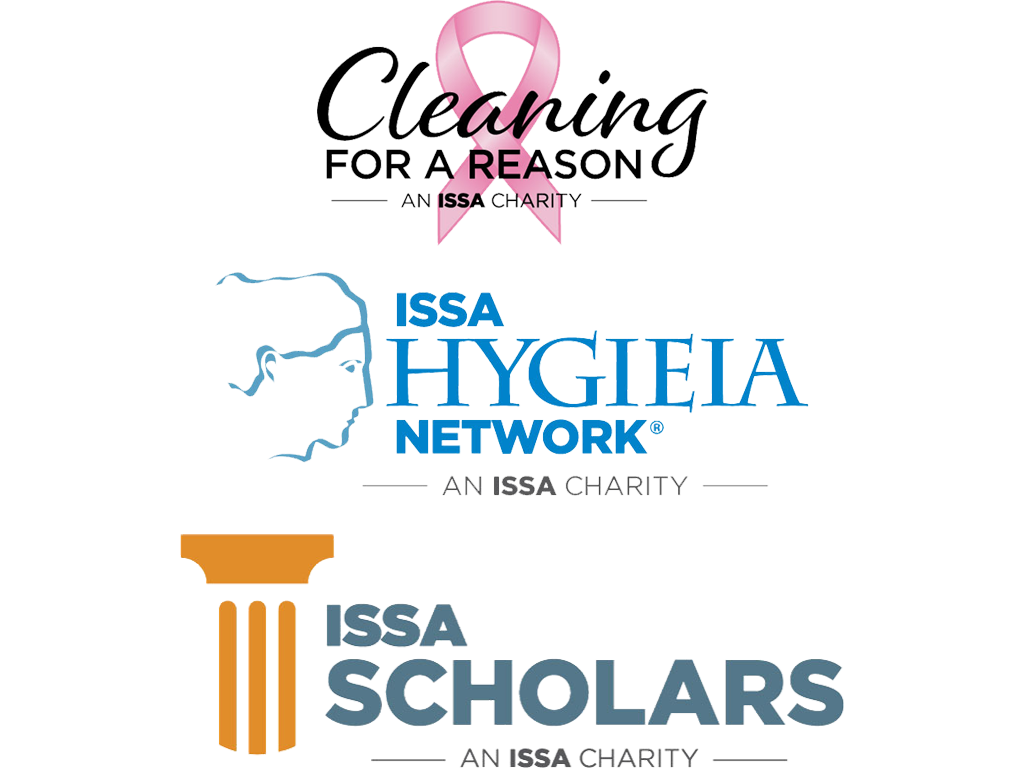Articles
Airplane-Acquired Infections: The Plane Facts
Categories: Cleaning for Health
By Jennifer Meek | August 20, 2013 << Back to ArticlesAccessible by: anyone
As thousands of jansan professionals prepare to travel to Las Vegas, NV, for ISSA/INTERCLEAN® North America 2013, November 18-21, some might be concerned about the possibility of getting sick. According to the U.S. Centers for Disease Control and Prevention (CDC), each year thousands of airline passengers and crew members contract some type of infection as a result of air travel.
While many crew members stay up-to-date on recommended immunizations, especially for international travel, these immunizations offer minimal protection to them or other passengers if they touch contaminated surfaces and then transfer germs to their mouths, eyes, or noses without washing their hands. However, a few simple steps and general infection-control measures can help keep many more passengers and crew members free from infection.
First, let’s address one concern many people have about being inside an airplane for long periods of time: air quality. Many passengers complain about headaches, fatigue, fevers, and respiratory problems after spending several hours in a plane, blaming the cabin’s air. However, these symptoms may be the result of jet lag, sleep deprivation, stress, motion sickness, and even cramped seating.
In fact, most jetliners have 15 to 20 complete air changes—replacing stale cabin air with fresh outdoor air—per hour. By comparison, a typical office building averages about 12 air changes per hour. According to a study on airborne infections that was recently submitted to the U.S. House Transportation Subcommittee on Aviation, the risk of airborne infections currently appears to be very low on airplanes.
How Disease Spreads on Planes
With that in mind, why then do some people tend to get sick on airplanes? The following are common ways disease can spread:
- Airborne transmission. Even if you cover your mouth when coughing or sneezing, germs can still become airborne and spread to surfaces and other passengers.
- Vehicle transmission. This occurs when microorganisms are spread through infected food or water.
- Vector-borne transmission. These diseases are spread to passengers by mosquitoes, flies, and other insects that are carried on the plane.
- Contaminated surface transmission. Similar to disease transmission in a facility, this sort of transmission occurs when a passenger touches a contaminated surface and then touches his nose, mouth, or eyes.
It is often difficult to pinpoint where or how travelers get sick since cross-contamination and illness can occur on land or in the air. Plus, symptoms typically do not occur until after traveling. Still, the common cold is the most frequent disease that air travelers contract. Air travelers have also reported other diseases that they believed to have been contracted while flying, including influenza, meningitis, measles, tuberculosis, and even SARS.
How Can We Stay Healthy When We Fly?
Obviously, the risk of illness is elevated when you inhale germs from an infected person, eat disease-ridden food, or come into contact with an infected insect. However, there are steps we can take to help prevent the spread of contamination from airplane surfaces.
There are multiple surfaces on airplanes that can become contaminated, but some of the most prone to contamination include:
- Tray tables
- Overhead-bin latches
- Seat arms and electronic controls built into the arms
- Lavatory doors
- All handles and controls in the lavatory.
Consider cleaning these surfaces with hand sanitizers. While they might not actually clean the surface, hand sanitizers do have germ-killing capabilities that can help prevent the spread of infection. Allow the hand sanitizer to dwell on the surface for at least 60 seconds before wiping.
There are some other preventative steps you can take as well. Namely, be sure to wash your hands frequently and for at least 20 seconds each time. Additionally, stay hydrated. Drink plenty of fluids while traveling and minimize the intake of coffee, tea, and alcohol. And, for eye care, using saline eye drops every hour can be a prudent measure. Finally, just like in an office setting, sick people should stay home and not fly for the sake of the public’s health.

About the Author.
Jennifer Meek is the director of marketing for Charlotte Products, manufacturers of professional cleaning and green cleaning products. She may be reached via her company website at www.charlotteproducts.com.


